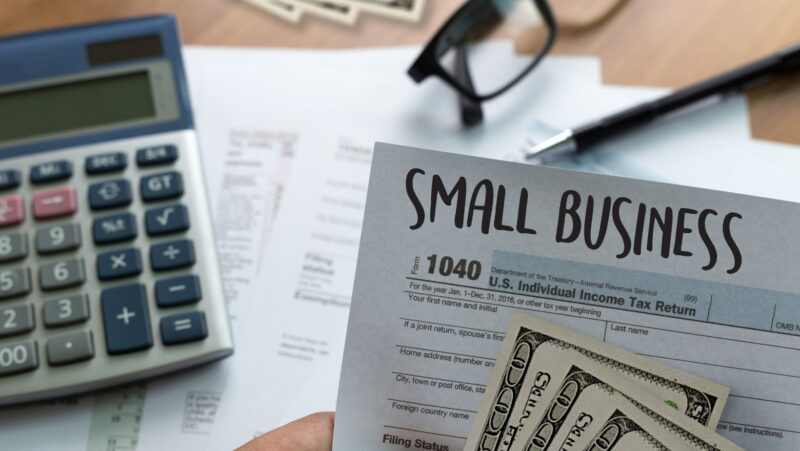
The average true range is a key indicator for assessing market volatility and facilitating risk management. This tool can be used in conjunction with other technical indicators and fundamental analysis to enhance a trader’s understanding of market conditions and facilitate more effective decision-making. However, it is important for traders to understand that the ATR does not provide directional information and should therefore be used only as one component of a trading strategy.
To calculate the average true range, an asset’s price history is analyzed to find the maximum and minimum prices that have been traded over a specific time period. This data is then averaged to arrive at an average true range for the asset. The time period can be short or long and can be daily, weekly, or intraday. Generally speaking, the average true range is based on a 14-day time frame, though this can be altered depending on the trader’s preferences and trading strategy.

When the average true range reaches a high value, it implies that there has been substantial price movement for the asset over a specific time period. This may be a result of a sharp rise or a significant decline in the price, which is usually followed by a period of consolidation. Conversely, low ATR values indicate small price ranges over several consecutive periods and may indicate a lack of momentum in the market.
As a non-directional indicator, the average true range is often utilized as a tool to determine whether a current trend will continue or if it is likely to revert. This can be especially useful in determining the proper location of stop loss orders to avoid premature termination of positions. Traders should keep in mind that the average true range does not take into account the direction of a price move and should be viewed as a supplement to more price-direction-driven indicators when generating trading signals.
The ATR was created by J Welles Wilder and featured in his book New Concepts in Technical Trading Systems in 1978. Since then, the indicator has become a staple in the world of technical analysis and continues to be a valuable tool for measuring market volatility and establishing trading ranges.

The average true range is a simple yet powerful tool that can help traders gain a better understanding of market volatility and how it affects the price action of a particular asset or security. The indicator is often calculated and displayed on trading charts, with a new reading generated each time the chart refreshes; for example, every minute on a one-minute chart and daily on a daily chart. This allows traders to keep an eye on the volatility of a given security or asset and plan trading entries and exits accordingly. Interested in learning more about the average true range? Sign up for a Robinhood account today and get stuck on us!












